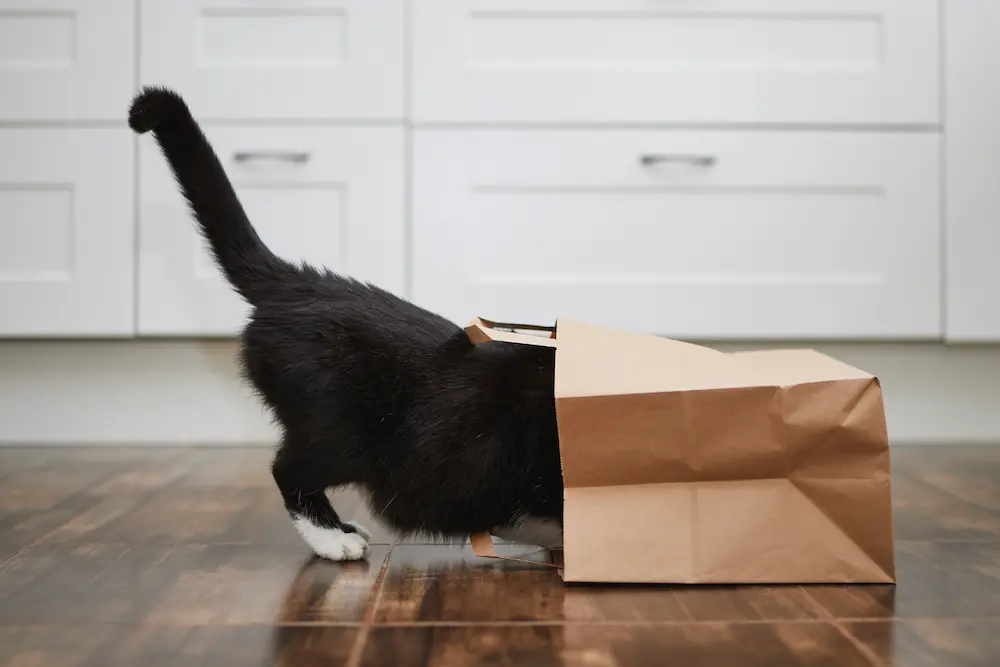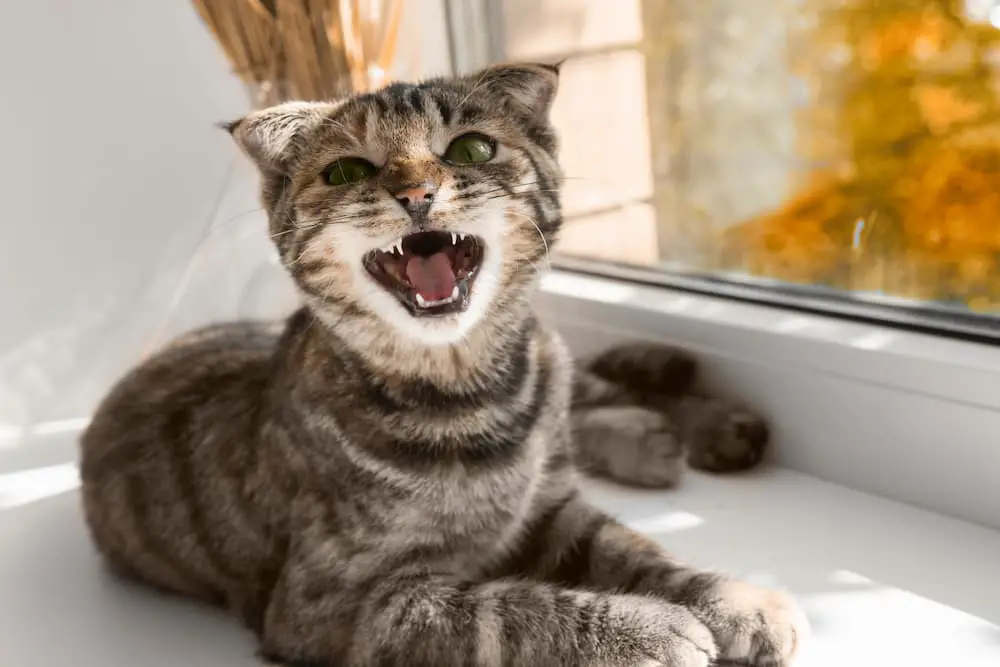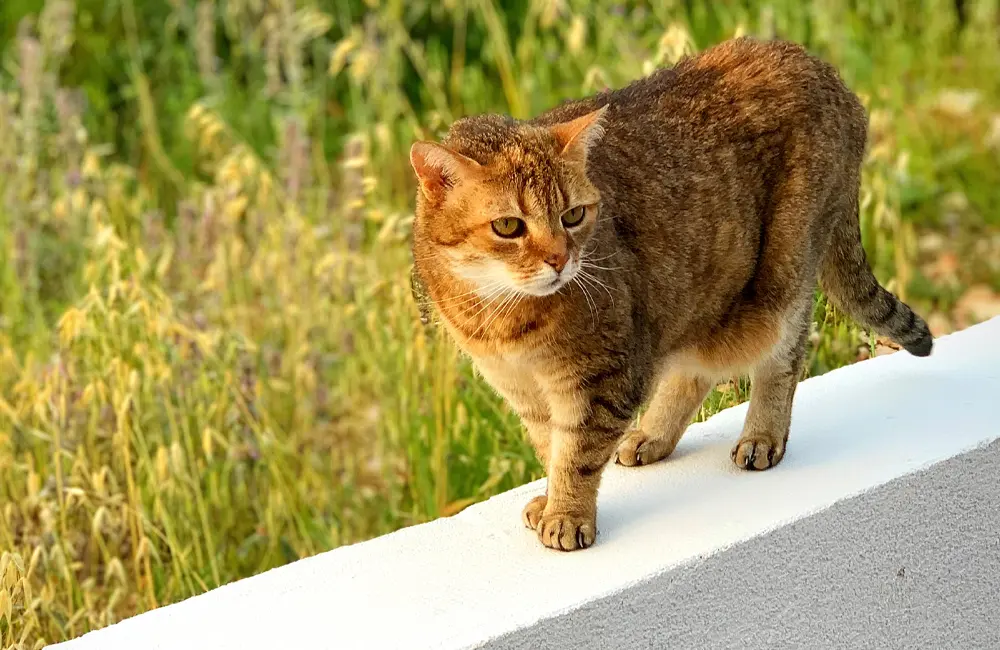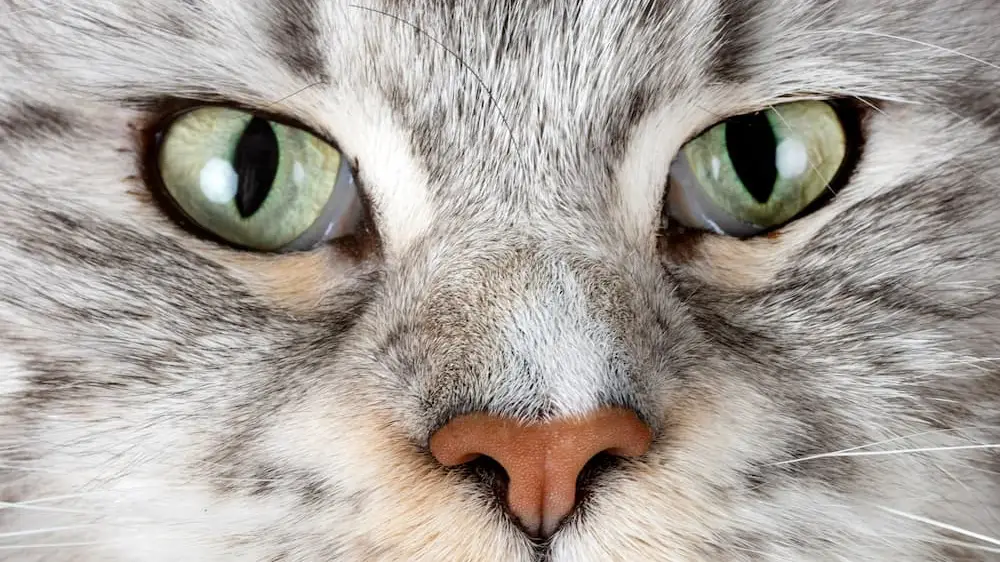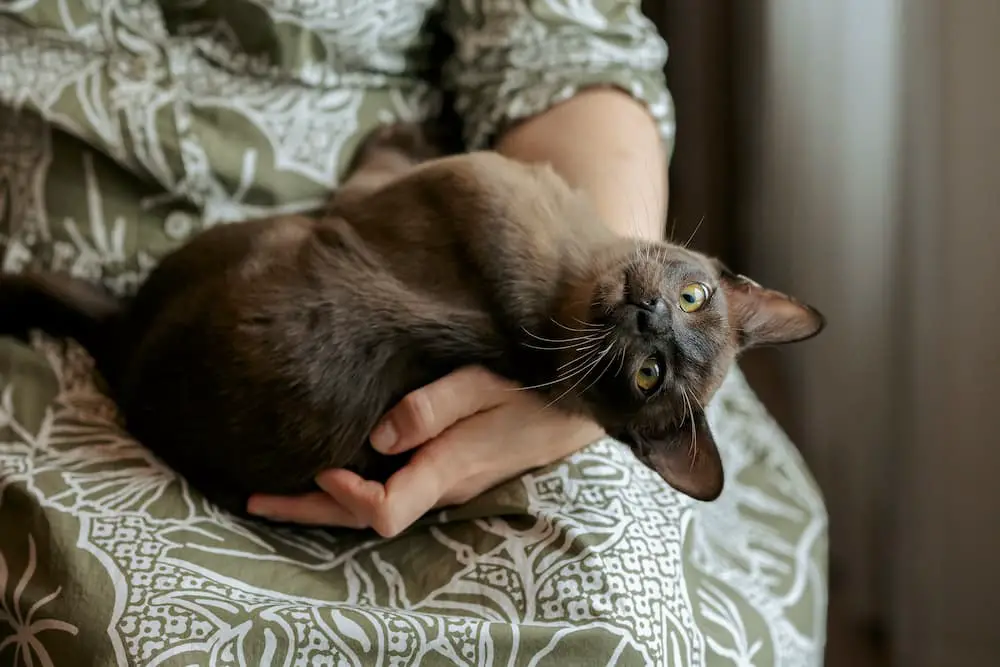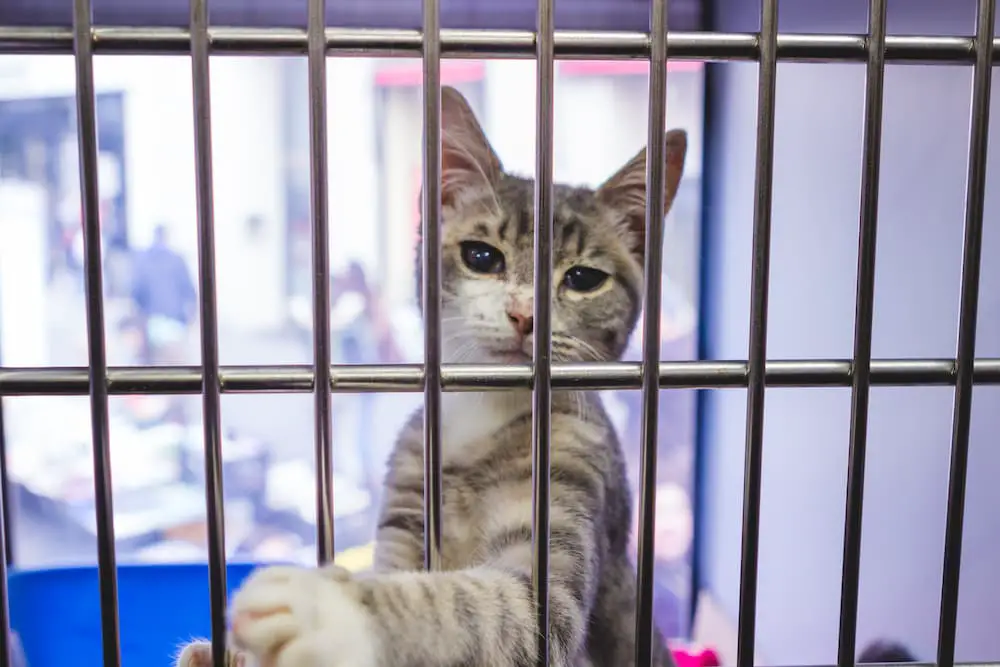In history, some of the most impactful figures have been surprisingly unremarkable. The same can be said for cats. These four felines—through no special skill or outrageous act aside from just being an average cat—each played a significant role in shaping the course of history.
1. Macak, The Cat That Literally Sparked Nikola Tesla’s Interest In Electricity
Although Nikola Tesla is famously credited with many inventions, his most notable contribution to science was actually inspired by a cat. In a 1939 letter, Tesla explained how his family’s black cat, Macak, literally sparked a lifelong interest in electricity.
“In the dusk of the evening as I stroked Macak’s back, I saw a miracle which made me speechless with amazement. Macak’s back was a sheet of light, and my hand produced a shower of crackling sparks loud enough to be heard all over the house … My mother seemed charmed — ‘Stop playing with the cat,’ she said. ‘He might start a fire.’ But I was thinking abstractly. Is Nature a gigantic cat? If so, who strokes its back?… I cannot exaggerate the effect of this marvelous night on my childish imagination. Day after day I have asked myself, what is electricity?”
Tesla created the alternating-current (AC) electric system that still operates as the main electrical infrastructure across the world today. And it might not have happened without the family cat!
2. Tibbles, The Cat That Wiped Out An Entire Species Of Bird (And Serves As A Good Reminder To Keep Your Cats Safely Indoors!)
In 1894, a cat named Tibbles caused the extinction of an entire species of bird. It’s not exactly a feel-good story, but it’s an important cautionary tale about the dangers of introduced species and a reminder that our pets should be kept safely indoors.
Tibbles was brought to Stephens Island, New Zealand, by a lighthouse keeper. The island was, at the time, home to a large population of small, flightless birds later called Stephens Island Wrens. Tibbles quickly learned that the wrens were easy prey, and she hunted them relentlessly. As cats often do, she occasionally brought deceased birds home to her human who sent the specimens to a bird expert to be identified. By the time it was discovered that the small birds were unique to the island, it was too late—Tibbles had single-paw-edly caused the extinction of an entire species.
3. Snowball, The Cat Whose Shedding Hair Launched A New Era In Fur-ensics
When it comes to crime-fighting animals, dogs usually snag the spotlight. But, in 1994, a cat named Snowball became an unlikely hero when she led to the conviction of a killer just by doing what cats do… laying on our stuff.
Police had suspicions about a woman’s possible killer, but without solid evidence, couldn’t make an arrest. But, when a bag containing a pair of men’s shoes and a leather jacket was found discarded in the woods, investigators finally had a solid lead. In addition to the woman’s blood, police found 20 white hairs embedded in the lining of the jacket. One of the detectives recalled that during an interview with a potential suspect weeks earlier, Snowball, the suspect’s white cat, had been wandering around the house. The observant detective suggested DNA testing the cat hair found on the jacket and comparing it against Snowball’s DNA. At this time, using DNA as evidence was relatively new science and a cat’s DNA had never been used to solve a crime. As it turned out, Snowball and the white hairs found on the jacket shared the same genetic paw-print. With Snowball as the prosecution’s star witness, the killer was convicted.
While our pets may not be able to give us a verbal account of what they’ve seen, their DNA can be just as effective in catching criminals. Today, animal DNA has been used to solve dozens of crimes.
4. Pulcinella, That Cat Whose Antics Inspired Generations of Classical Musicians
The 18th century was a time of great change and creativity in the world of music. One cat, in particular, had a hand (or should we say paw?) in shaping this new sound.
Pulcinella was a cat who belonged to Domenico Scarlatti, an Italian composer during the Baroque period. According to legend, one day while Scarlatti was working on a new composition, Pulcinella snuck into his owner’s studio and stepped on the keys of his harpsichord keyboard, producing a series of discordant notes. The random melody struck a chord with the composer who went on to use it in his work. This incident is said to have inspired his Fugue in G minor, a sonata more popularly known as “The Cat’s Fugue.” Scarlatti’s sonatas would later go on to inspire classical composers including Beethoven, Bach, Mozart, Brahms, Chopin, and many more.
So, the next time your cat walks across your keyboard and scrambles your work, take a page out of Scarlatti’s book and turn it into something positive!
While these four cats may not have been much different than the cat currently lounging on your lap, they each made a significant impact on history. From inspiring musicians to solving murders, these average cats proved that even the most unassuming among us can change the world.
The Catington Post is reader-supported. That means, if you make a purchase through links on our site, we may earn an affiliate commission. All images and names which are not the property of The Catington Post are the property of their respective owners.
